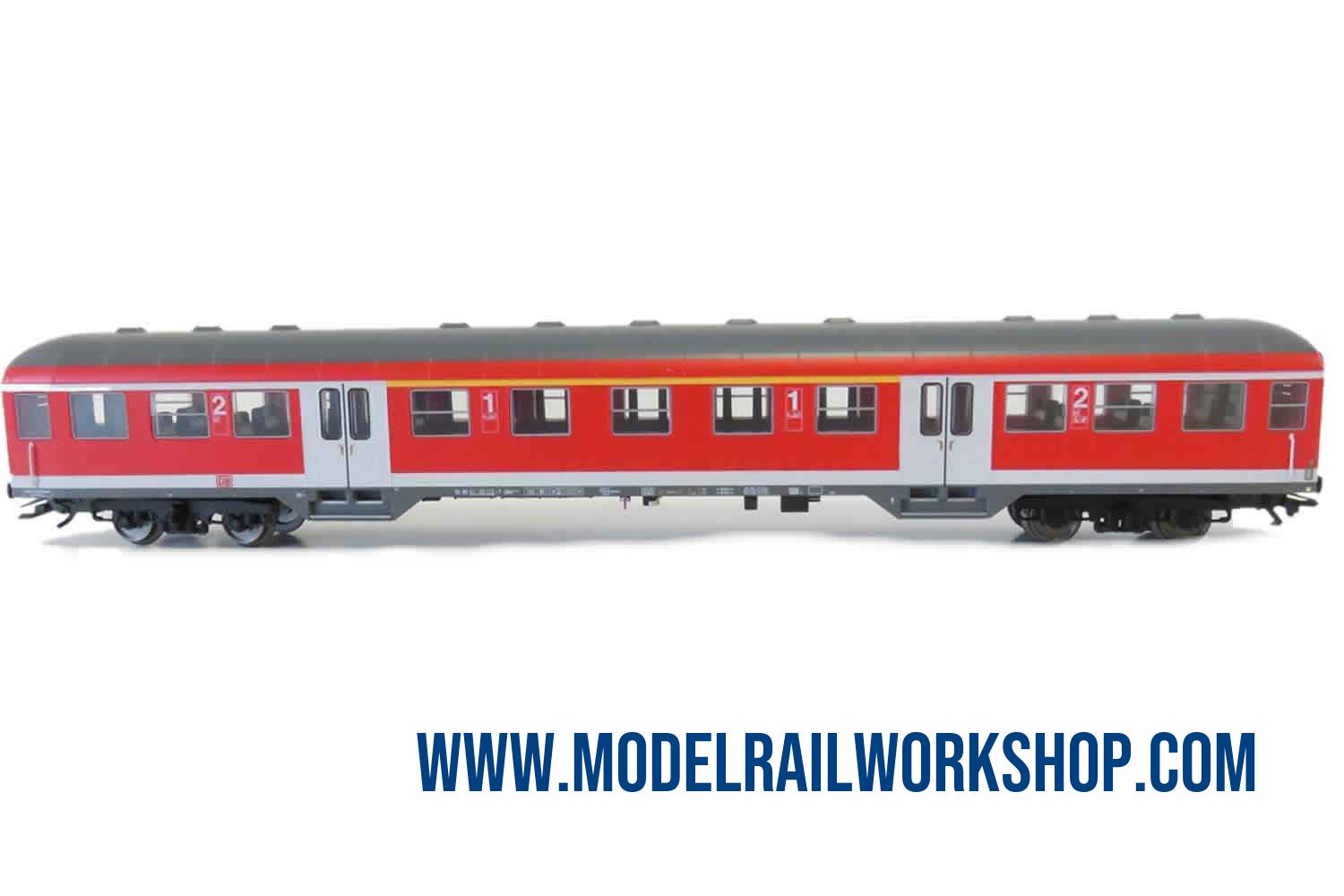
| KEY DATA | |
|---|---|
| Product Name | 43811 Passenger commuter car - 1st/2nd cl -Silberling |
| Object type | Car-Passenger |
| Product Line | Märklin |
| Era | 1990-2006 (V) |
| Manufactured years | 2008-2012 |
| Text on object | DB |
| Number on object | 50 80 31-35 112-7 |
| Classification | ABn 417-1 |
| Type of housing | Synthetic |
| Length | 28.2 cm |
| Technology | |
| Railway company | DE-DB |
| Märklin RRP (Year) | 47€ (2012) |
| Koll valuation (Year) | 35€ (2022) |
| Url to Märklin | Klick to GoTo www.maerklin.de |
| Description | |
|---|---|